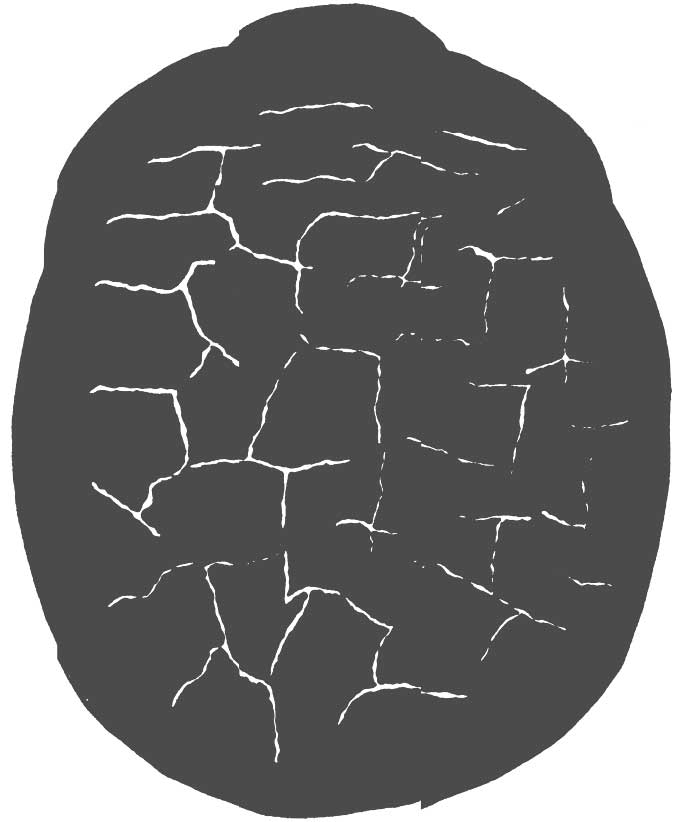
THE ELEPHANT
A majestic animal stirring the imagination
The majestic elephant stirs the imagination of nature lovers like no other African game animal. The biggest elephants on the African continent are found in north-eastern Namibia and south-eastern Angola, where they reach a shoulder height of just over 4 metres.
E lephant occur throughout northern Namibia. In north-western desert regions, the so-called desert elephants live in a harsh, inhospitable environment. These desert-dwelling giants are a geographic variety of the typical savannah elephant, and not a seperate subspecies.
Elephants live in family groups of females with their young, while the mature males are either solitary or form bachelor groups of several bulls. Elephants feed in the cooler hours of late afternoon and early morning or even in moonlit nights. During the heat of the day they rest in the shade.
True elephant hunting is one of the greatest adventures on the African continent. To track a bull, a fresh spoor is picked up in the early morning. In most cases the hunters catch up with their quarry while the bull is resting in the shade during the heat of the day.
Considerable skill and stamina are needed to track down a bull elephant. The hunter should approach the bull as close as possible (10 to 30 meters) and place a careful shot either into its brain or heart.
Namibia’s biggest elephant tusks were taken in the area around the Khaudum Game Park, in the eastern Kavango and former Bushmanland. The Caprivi has also produced some heavy ivory.
ELEPHANT
Loxodonta africana
| Shoulder Height: | 3.5 m – 4 m |
| Mass: | Male: 4 tons – 8 tons | Female: 3 tons – 4 tons |
| Diet: | Grass, leaves, fruit, roots and tubers |
| Rut: | Throughout the year, one young |
| Life expectancy: | 50 – 60 years |
| World record: | 102.7 kg (tusk) |
ELEPHANT TRACK

